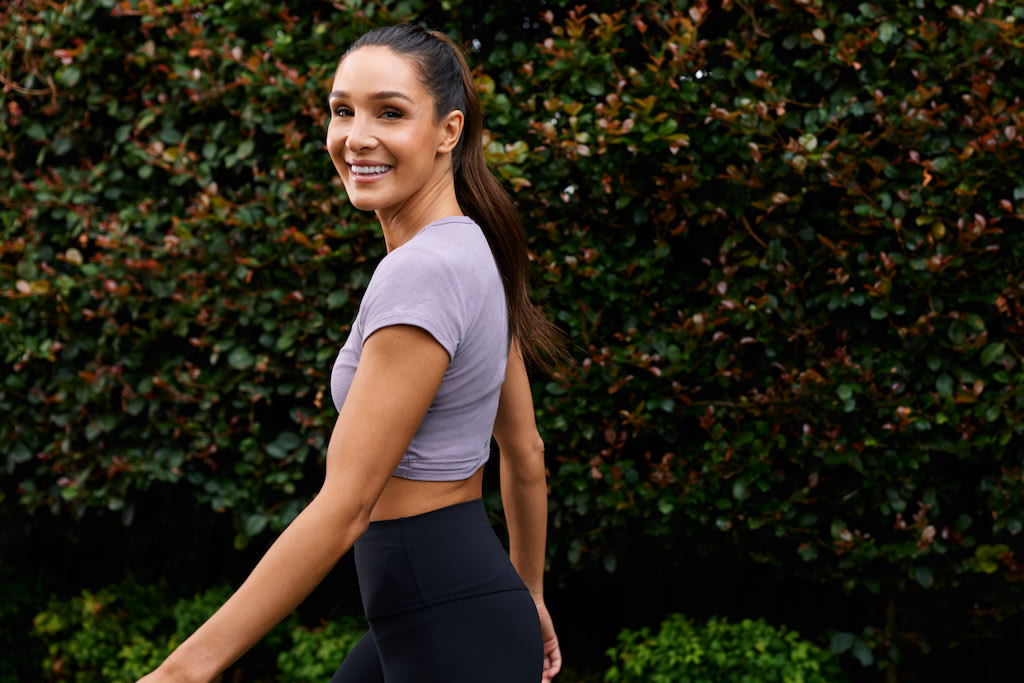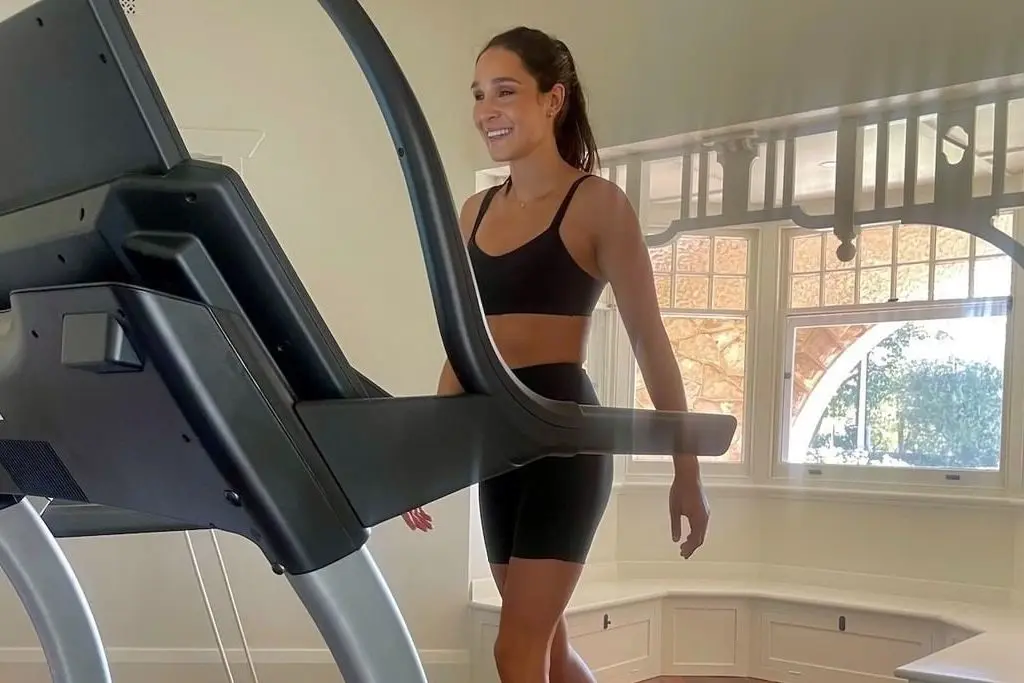Low-Intensity Cardio Training: What Is It & How Does It Work?

November 1, 2019 - Updated October 6, 2023

You might already be familiar with the benefits of high-intensity interval training (HIIT) — but what about low-intensity cardio training?
One of the most common misconceptions when it comes to exercise is that a workout has to be intense to be effective. And while there’s no doubt that more intense types of cardio are beneficial, the great thing about low-intensity training is it can help to improve your overall health and fitness in a gentler and more accessible way.
That’s why you’ll find low-intensity cardio in each of the Sweat programs. It’s easy to complete, has plenty of benefits and is within most people’s comfort zones — making it a great training style for beginners, or to help you move again if you’ve taken some time off from exercise. From walking to cycling, there are so many great ways to include LISS in your day-to-day life.
What is low-intensity cardio training?
Low-intensity cardio training is also referred to as low-intensity steady-state, or LISS. It’s when you work out between 57%–63% of your maximum heart rate for a steady and sustained period — typically for 30 minutes or more, according to the American College of Sports Medicine.
Low-intensity cardio training can also be low-impact and provides all the cardiovascular benefits of exercise without placing stress on your joints.
Aside from a standalone LISS session, this style of cardio is an ideal way to warm up and cool down on either side of a workout, and is also a great active recovery option as it helps to improve blood flow and circulation to your working muscles.
You should be able to hold a conversation while completing a low-intensity cardio workout — making it the perfect social exercise to do with a workout buddy!
How does low-intensity cardio training work?
According to the American Council on Exercise (ACE), low-intensity cardio increases your aerobic capacity, or your body’s ability to use oxygen during exercise. In turn, your body is able to break down carbohydrates and fats for fuel, strengthen your slow-twitch muscles and transport oxygen more effectively to your muscles.
During lower-intensity exercise, your muscles rely on energy from a combination of oxygen, carbohydrates and fats. Over time, ACE says your body becomes more efficient at using these energy sources — which means you’ll be able to physically work for longer periods of time.
Low-intensity cardio also helps to strengthen your slow-twitch muscle fibres. These are recruited during most daily living activities that require low-level force production, a 2001 article published in the Strength and Conditioning Journal explains. Strengthening these Type I muscle fibres helps to improve the efficiency of how the body uses oxygen during aerobic exercise.
Benefits of low-intensity cardio training
According to Mayo Clinic, there are so many great reasons to include cardio training in your routine. From improving your fitness to boosting your mood, high and low-intensity cardio training can make you feel good - inside and out.
Here are some of the many benefits you can look forward to:
Improved fitness, stamina and strength
Reduce risk of health conditions such as obesity and heart disease
Strengthening of the immune system
Promotes heart health
Helps you stay active as you age
Who can do low-intensity cardio training?
Low-intensity cardio training is suitable for almost everyone and any fitness level. An added benefit? It’s a low-cost way to get your body moving.
Some types of low-intensity cardio training are also low-impact. If you need a workout that’s easier on your joints, swap your jogging or power walking for cycling, use the elliptical machine, go for a swim or even try a water running class!
If you normally train at a high intensity, you might find balancing your routine with some low-intensity cardio can be beneficial and even promote faster recovery.

Examples of low-intensity cardio training
There are many forms of low-intensity cardio you can try, whether you’re at home, the gym, the local pool or on holiday.
If you work out in a gym, some good examples of low-intensity cardio include:
Walking on the treadmill or stepper machine
Pedalling on the exercise bike
Hitting up the rowing machine
Swimming laps of the pool
If you enjoy outdoor exercise, you can try:
Walking or easy hiking trails
Jogging
Ocean or outdoor pool swimming
Yoga is another great form of low-intensity cardio that you can try at a studio or from the comfort of your own home, and there are several yoga programs in the Sweat app.
During a low-intensity cardio session, your aim is to train with a consistent intensity for the whole duration of the workout, as opposed to going hard for short intervals as you would with HIIT.
How often should you do low-intensity cardio training?
The Australian government recommends adults include 2.5 to 5 hours of LISS activity such as walking, golfing, swimming or even mowing the lawn in their weekly routine, alongside strength-building sessions and more vigorous activity.
If you work out with the Sweat app, you’ll find our programs typically suggest two to three low-intensity cardio days each week if you are completing resistance training or HIIT.
Always listen to your body — your rest days are just as important. Even if you’re trying to challenge yourself or take your fitness to another level, rest days are essential for your body to repair and grow stronger.
What’s stopping you?
Low-intensity cardio training is simple and has many benefits — with so many options available, why not give it a try? Make your sessions fun with a workout buddy, hop on a cardio machine while watching your favourite show, or take it outdoors on a sunny day!

A more empowered you starts with Sweat, and our editorial team is here to bring you the latest fitness tips, trainer recommendations, wellbeing news, nutritional advice, nourishing recipes and free workouts.
* Disclaimer: This blog post is not intended to replace the advice of a medical professional. The above information should not be used to diagnose, treat, or prevent any disease or medical condition. Please consult your doctor before making any changes to your diet, sleep methods, daily activity, or fitness routine. Sweat assumes no responsibility for any personal injury or damage sustained by any recommendations, opinions, or advice given in this article.
Fitness